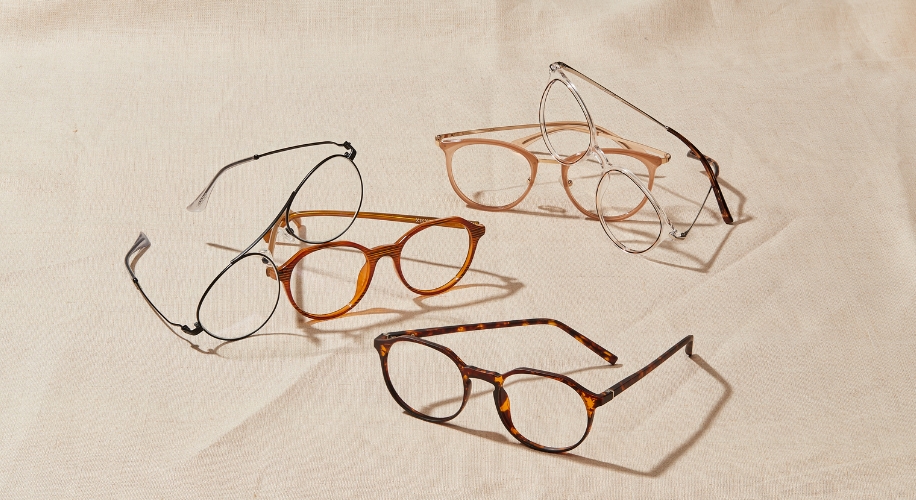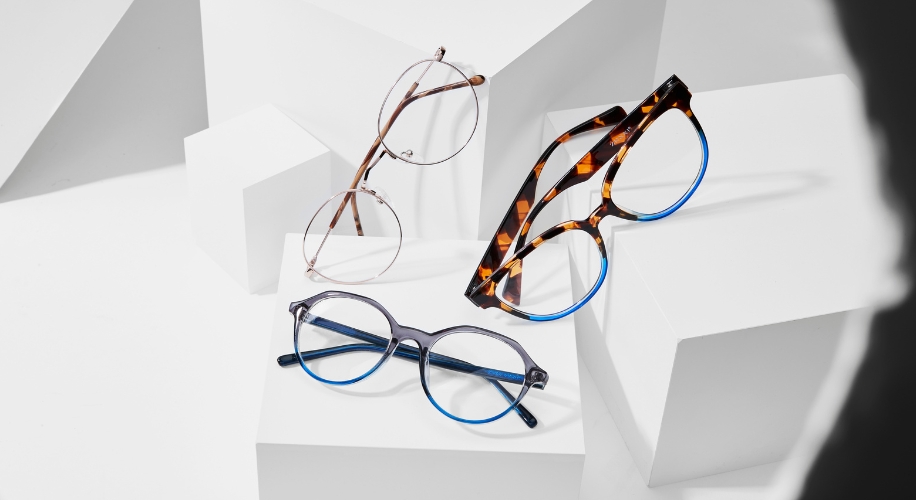A Comprehensive Guide to Frame Materials: What’s Best for You
- BY Dr. Steven Liem
- IN Billboard

When it comes to choosing the perfect pair of glasses, one of the most crucial considerations is the frame material. Not only does it determine the durability and comfort of your eyewear, but it also plays a significant role in aesthetics. Let’s explore the various materials available and find the best option for your lifestyle, budget, and fashion sense.
Understanding Your Frame Material Options

Frames are more than a fashion statement; they are a functional accessory that needs to suit your daily activities. Here’s a breakdown of the most common materials used in eyeglass frames today:
- Plastic Frames: Known for their versatility and variety, plastic frames come in endless colors and styles. They are lightweight and can be a budget-friendly option for those looking for affordable eyeglass materials without compromising on style.
- Metal Frames: Metal frames are a traditional choice that offer a classic look. Materials like titanium and stainless steel provide strength and durability while maintaining a sleek profile. They are often a bit pricier but are known for their longevity and resistance to corrosion.
- Composite Frames: These are made from a combination of materials, often mixing metals with plastics, for a balanced blend of durability and design flexibility. They can also incorporate features like blue light blocking for added eye protection.
- Wooden Frames: For a natural and unique look, wooden frames are a great choice. They’re typically handcrafted and offer a warm, natural aesthetic that stands out.
- Carbon Fiber Frames: These frames are known for their exceptional strength-to-weight ratio, making them ideal for active individuals who require both durability and comfort.
Factors to Consider When Selecting Frame Materials

With a variety of materials available, how do you choose the right one? Consider these factors:
- Lifestyle: Your daily activities should influence your choice. If you’re active or work in an environment where your glasses could easily get damaged, opt for more durable materials like metal or carbon fiber.
- Comfort: If you have sensitive skin or wear your glasses for extended periods, look for hypoallergenic materials like titanium or lightweight options that reduce pressure on your nose and ears.
- Style Preferences: Whether you prefer a modern or a retro look, the material can significantly affect the frame’s style. For example, thick plastic frames can convey a bold, trendy look, while slim metal frames might offer a more understated elegance.
- Budget: Cost can be a deciding factor, but remember that investing in high-quality frame materials can lead to longer-lasting eyewear. Plastic frames can be cost-effective, but metals like titanium, while more expensive, may provide better value in the long run.
It’s also worth considering additional features such as scratch-resistant and anti-reflective coatings, which can enhance the durability and functionality of your glasses, regardless of the material. Ultimately, the best frame material for you is one that meets your lifestyle requirements, feels comfortable, aligns with your personal style, and fits within your budget.

About the Author: Dr. Steven Liem, OD, FAAO
Dr. Steven Liem, O.D., F.A.A.O. is an optometrist based in Pasadena, California. After obtaining his doctorate from UC Berkeley’s School of Optometry, he completed his residency in Pediatrics, Vision Therapy & Rehabilitation and became a Fellow of the American Academy of Optometry. When he isn’t busy streaming or making Youtube videos about video games, Dr. Liem aims to broaden accessibility to vision health through his involvement in optometric industry and tech.